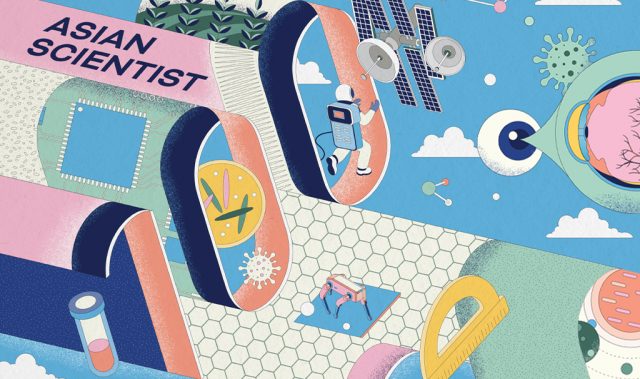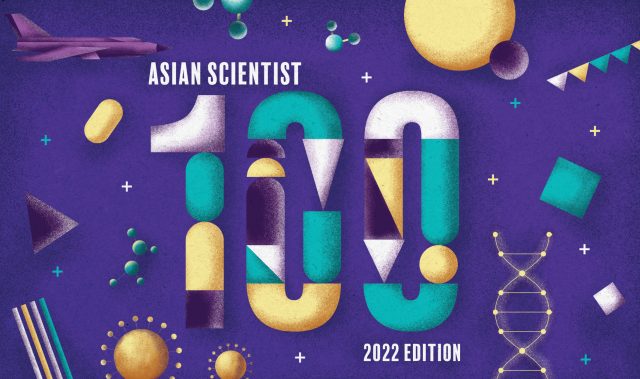
AsianScientist (Feb. 4, 2013) – By Tania Steere – China and India are catching up to the world leaders in innovation and should no longer be labeled as ‘imitation nations,’ according to a study.
Monica Plechero, a researcher of innovation at Lund University in Sweden, presented her research at the university last month (December 11).
Plechero studied Chinese and Indian automotive, information and communications technology (ICT), and green biotechnology companies, and cites examples of innovation success such as telecommunications in China and the Nano car by Tata Motors in India.
She says that companies in China and India are advancing by collaborating with global partners, rather than the regional partners that European countries and the United States tend to choose.
“The entrance of China and India to the World Trade Organization has opened up the two countries to global partnerships and since the beginning of the twenty-first century this has become a sharp trend,” says Plechero.
She also found that China and India are able to hold their own when it comes to developing new business ideas, products and services.
China has, in the past, been seen as a copycat country, Plechero says, with chains such as Apple and Ikea springing up and cheap counterfeit products currently on sale.
“China and India are now recognized as countries that not only produce cheap products but also develop successful innovation in the global market,” she says.
But Minyuan Zhao, assistant professor of strategy at the University of Michigan’s Ross School of Business, United States, says it is important to check who owns the intellectual property rights (IPR) in China’s international partnerships.
“If the collaborations happen in a joint venture or on a contracting basis, and the Western multinational firm eventually owns the IPR, then this is not much different from the service outsourcing that we’ve seen before,” says Zhao.
Guy Liu, professor of economics at Brunel University, United Kingdom, says that China and India are catching up because they learn fast and are capable of absorbing new innovations from the West.
“The new trend is that the West will continue focusing on world-leading research and development (R&D) and China and India will commercialize new research, which will speed up the pace of new research for industrial applications,” says Liu.
China invests heavily in R&D, spending 1.8 percent of GDP – similar to the UK’s 1.7 percent – but far from the 2.7 percent of the United States. The UK is collaborating with China to benefit from this investment, developing plans for an£8 million (around US$12 million) joint fund to commercialize sustainable manufacturing technologies.
Plechero says the West needs to learn from China and India’s innovation success by investing in science and technology education.
“There is always a competitor around the corner – never relax when it comes to progress in innovation,” she says.
A summary of Dr. Plechero’s research can be found at: Plechero M (2013) The Changing Geography of Innovation.
——
Source: Science and Development Network; Photo: Easa Shamih (eEko)/Flickr/CC.
Disclaimer: This article does not necessarily reflect the views of AsianScientist or its staff.












